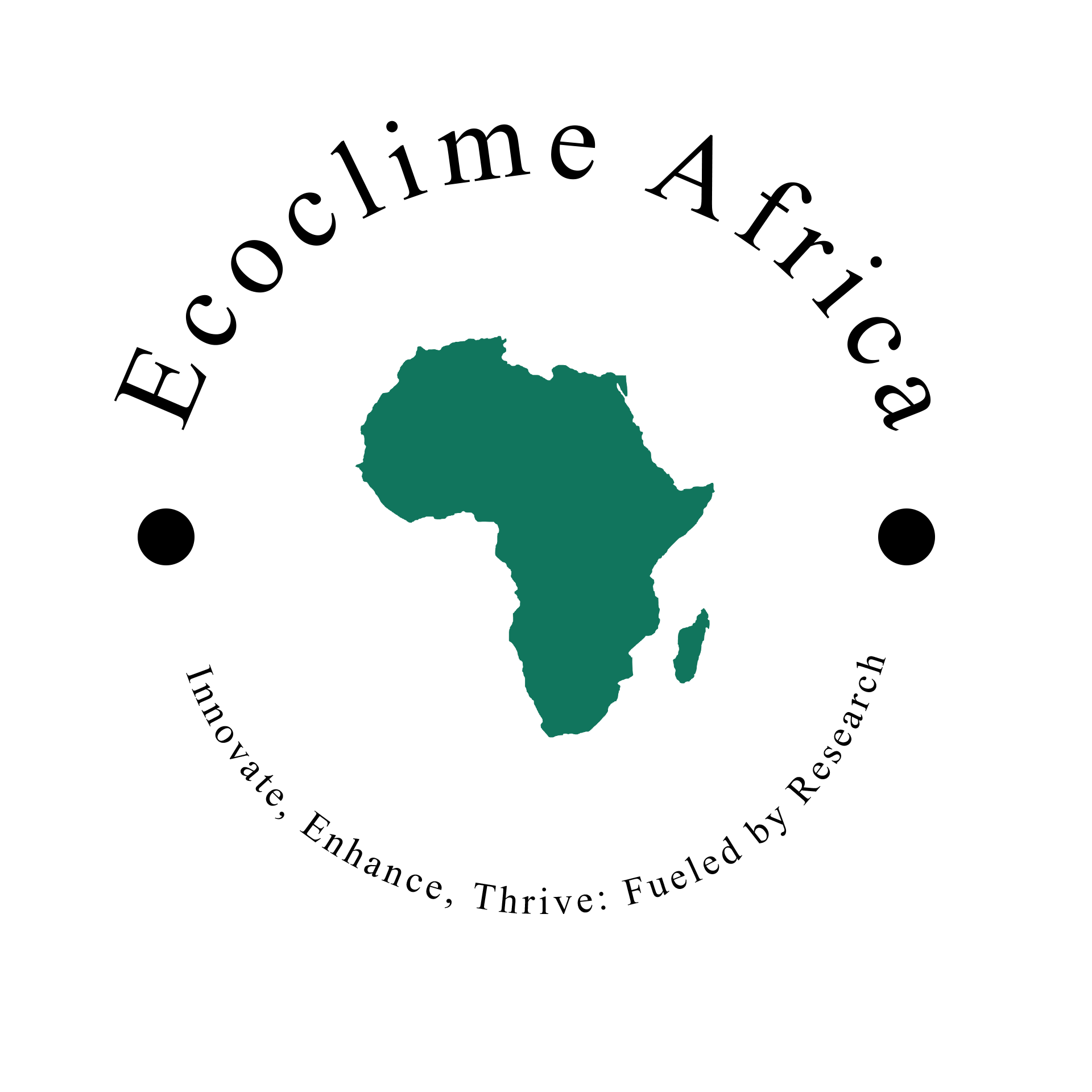

Poisoned Harvest: How Galamsey Threatens Ghana’s Food Security
“Kontomire cannot grow where the soil contains chemicals,” says Maa Fausti, a 55-year-old market woman in Accra, who sells kontomire (cocoyam leaves) and tomatoes. She was responding to recent reports that crops in mining-affected areas may contain hazardous toxins (Joy Business Ghana, 2025). Her skepticism reflects a widespread public belief that if crops look healthy, they must be safe. Yet scientific evidence shows that plants can grow in contaminated soils while silently accumulating toxic heavy metals in their tissues.
A joint study by Pure Earth and Ghana’s Environmental Protection Agency (EPA) tested soil, water, crop, and fish samples from six gold mining regions. It revealed alarming contamination levels: mercury concentrations in some soil samples averaged 56.4 ppm, far above the World Health Organization (WHO) guideline of 10 ppm. In extreme cases, mercury levels reached 1,342 ppm. Arsenic was detected at concentrations as high as 10,060 ppm, magnitudes above safety thresholds (Pure Earth, 2025; Reuters, 2025). The study concluded that residents face cumulative exposure risks from food, water, soil contact, and air. Long-term exposure to such metals has been linked to kidney damage, cancer, and neurological disorders (Reuters, 2025).
Contrary to Maa Fausti’s claim, plants can indeed grow in soils contaminated with mercury, arsenic, lead, and cadmium. Studies confirm that heavy metals do not always kill plants outright. Instead, they accumulate within plant tissues, often without visible symptoms of toxicity (Ali et al., 2019).
Soil studies in Amansie West and other mining zones show elevated arsenic, cadmium, and lead in mine soils (Baah et al., 2023). Related research on mining-affected cocoa regions reports higher concentrations of potentially toxic metals in cocoa soils and beans (Armah et al., 2014). These findings demonstrate that “green and growing” does not equal “safe.” Leafy vegetables such as kontomire, spinach, and lettuce are particularly vulnerable, as they absorb metals directly into edible tissues (Afriyie et al., 2023).
Heavy metals disrupt plant growth in several ways. They interfere with nutrient uptake, damage root systems, and generate oxidative stress that limits photosynthesis (Ali et al., 2019). Crops may survive but with reduced yields, smaller fruits, or poor nutrient quality.
In mining-adjacent Ghanaian communities, farmers report declining harvests of cocoa, cassava, and maize. While these accounts are often qualitative, they align with broader studies showing that high levels of arsenic and mercury reduce germination rates, limit growth, and lower productivity. A soil pollution study in northeastern Ghana using machine learning confirmed that contamination levels were high enough to pose ecological risks and impact agricultural viability (Kwayisi et al., 2024).
The skepticism expressed by Maa Fausti highlights a communication gap between scientists and the public. For many, the sight of lush kontomire leaves suggests fertile soil, not hidden toxins. This disconnect complicates advocacy and policy enforcement. Unless communities understand that toxins can be invisible, efforts to reduce exposure may meet resistance.
Several approaches can reduce the risks posed by heavy metal contamination in mining-affected areas. Soil reclamation practices, including the application of organic matter amendments and other techniques, can help stabilize heavy metals and improve soil quality (Acharya et al., 2023). Phytoremediation offers another sustainable option, with plants such as vetiver grass capable of extracting or immobilizing metals, thereby reducing toxicity over time (Acharya et al., 2023). In addition, systematic soil testing and zoning can help identify contamination hotspots in farming areas, guiding safer agricultural practices and land-use decisions (Baah et al., 2023). Equally important are public awareness campaigns that highlight the invisible nature of soil toxins, helping communities understand the risks and adopt behaviors that protect both consumers and farmers.
The Pure Earth and Reuters reports (2025) confirm that Ghana’s soils in mining regions contain hazardous levels of mercury and arsenic. While market women like Maa Fausti may not see the danger, scientific evidence shows that crops can indeed grow in poisoned soils, accumulating toxins that eventually reach the dinner table. The challenge now is not only ecological but also communicative, as it involves bridging the gap between perception and reality. Addressing this requires urgent research, community education, and policy enforcement to safeguard both agriculture and public health.
Written by: Luckman Aborah Yeboah*, Samuel Osei-Amponsah, Eric Senanu Adadevoh, Wolalorm Makafui Zudor, Esther Boateng Aboraa Sika
References
- Joy Business Ghana (2025). Galamsey menace: Market woman reacts to reports of toxic chemicals in kontomire and tomatoes. Facebook video. Retrieved from: https://www.facebook.com/JoyBusinessGH/videos/galamsey/1859632158097134/
- Pure Earth (2025). Ghana’s hidden toxic legacy: Pure Earth’s fight against heavy metal pollution. Retrieved from: https://www.pureearth.org/ghanas-hidden-toxic-legacy-pure-earths-fight-against-heavy-metal-pollution/
- Reuters (2025). Ghana study warns hazardous toxin levels linked to mining, artisanal gold output. Retrieved from: https://www.reuters.com/sustainability/climate-energy/ghana-study-warns-hazardous-toxin-levels-linked-mining-artisanal-gold-output-2025-09-23/
- Ali, H., Khan, E., & Ilahi, I. (2019). Environmental chemistry and ecotoxicology of hazardous heavy metals: Environmental persistence, toxicity, and bioaccumulation. Journal of Chemistry, 2019, 6730305. https://doi.org/10.1155/2019/6730305
- Baah, D. S., Gikunoo, E., Arthur, E. K., Agyemang, F. O., Foli, G., Koomson, B., & Opoku, P. (2023). Anthropogenic sources and risk assessment of heavy metals in mine soils: A case study of Bontesso in Amansie West District of Ghana. Journal of Chemistry, 2023, 6760154. https://doi.org/10.1155/2023/6760154
- Armah, F. A., Quansah, R., & Luginaah, I. (2014). A systematic review of heavy metals of anthropogenic origin in environmental media and biota in the context of gold mining in Ghana. International Scholarly Research Notices, 2014, 252148. https://doi.org/10.1155/2014/252148
- Afriyie, R. Z., Arthur, E.K., Gikunoo, E., Baah, D.S., & Dziafa, E. (2023). Potential health risk of heavy metals in some selected vegetable crops at an artisanal gold mining site: A case study at Moseaso in the Wassa Amenfi West District of Ghana, Journal of Trace Elements and Minerals, Volume 4, 2023, 100075, ISSN 2773-0506, https://doi.org/10.1016/j.jtemin.2023.100075.
- Kwayisi, D., Kazapoe, R. W., Alidu, S., Sagoe, S. D., Umaru, A. O., Amuah, E. E. Y., & Kpiebaya, P. (2024). Exploring soil pollution patterns in Ghana’s northeastern mining zone using machine learning models. Journal of Hazardous Materials Advances, 7, 100146. https://doi.org/10.1016/j.hazadv.2024.100480
- Acharya, A., Perez, E., Maddox-Mandolini, M., & De La Fuente, H. (2023). The status and prospects of phytoremediation of heavy metals. arXiv. https://arxiv.org/pdf/2312.14288
Comments
No comments available.